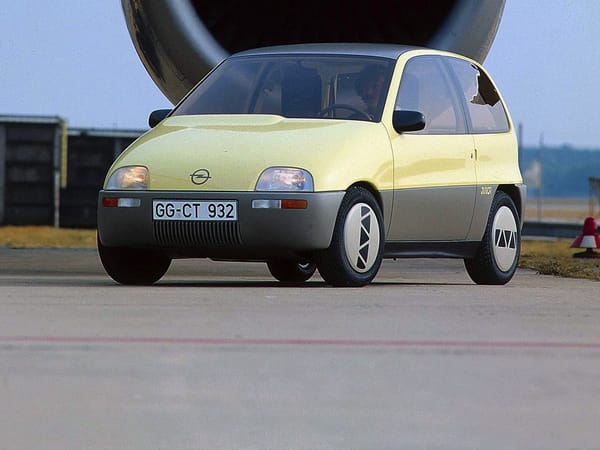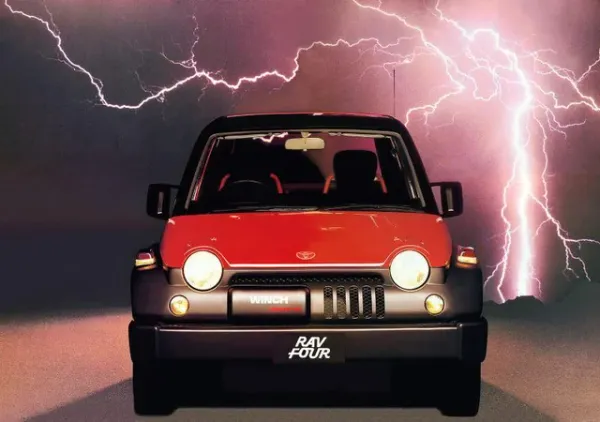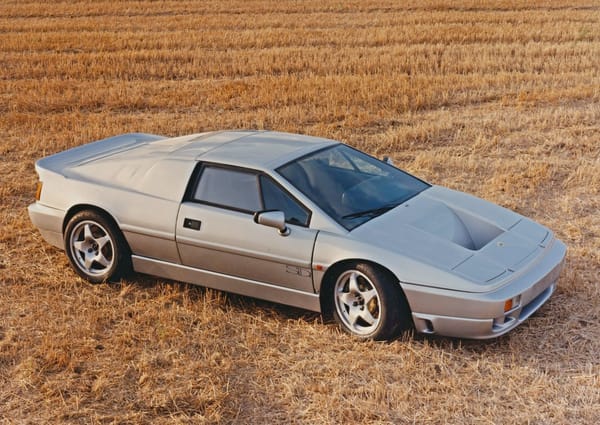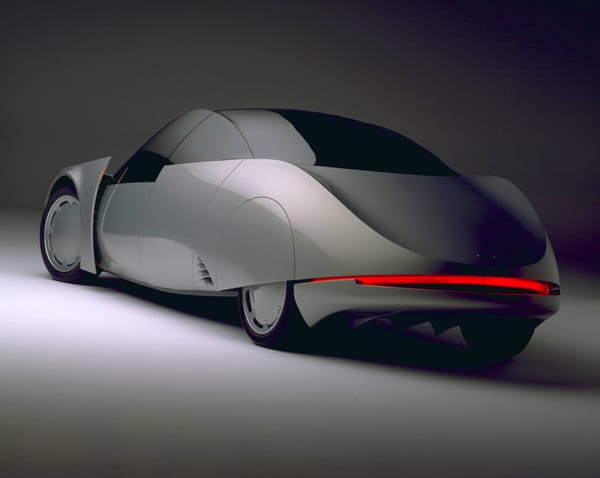Gurgel X-15
Car of the Day #50: 1979 Gurgel X-15
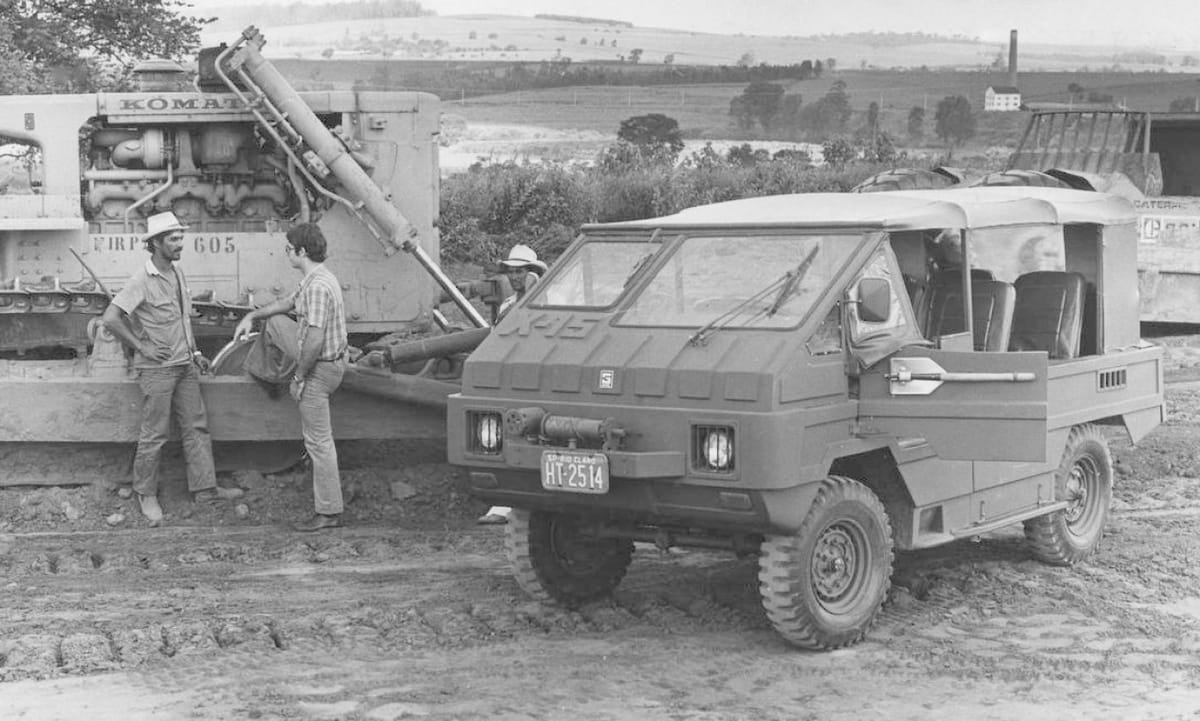
We all have a shortlist of vehicles we’d start hunting down if we were ever given the means. The 50th Car of the Day vehicle in 2024, this Gurgel, is one of mine.
Given the means, I would covet the Gurgel X-15 simply because I think it’d be an absolute riot to drive while watching onlookers gawk at its undeniable rural-industrial socialist panache.
Into industrial generators? This is your car.
Some people may fantasize about driving around in a replica of the Batmobile, K.I.T.T., Herbie, or TV’s Viper; my attraction for the X-15 is due solely to a function-first approach: it’s a utility belt on wheels.
At first, I thought the X-15 was styled, its ribs and creases and angles placed arbitrarily by some designer in a city somewhere; a knockoff Lego vibe.
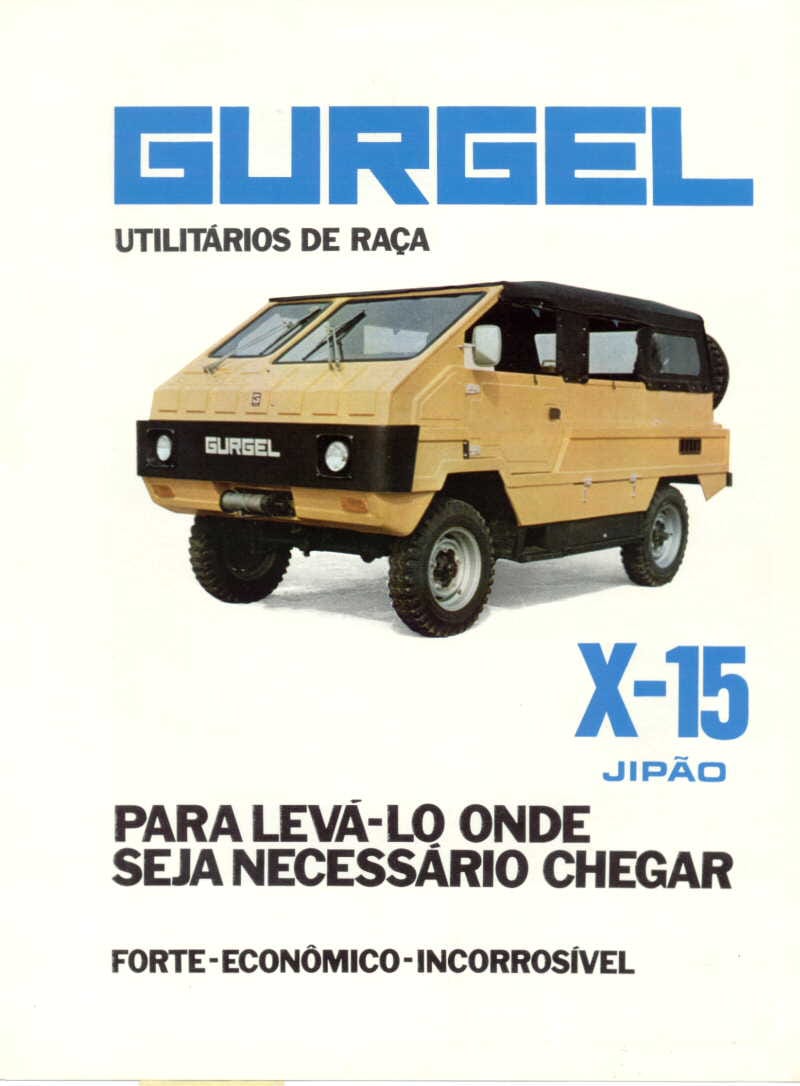
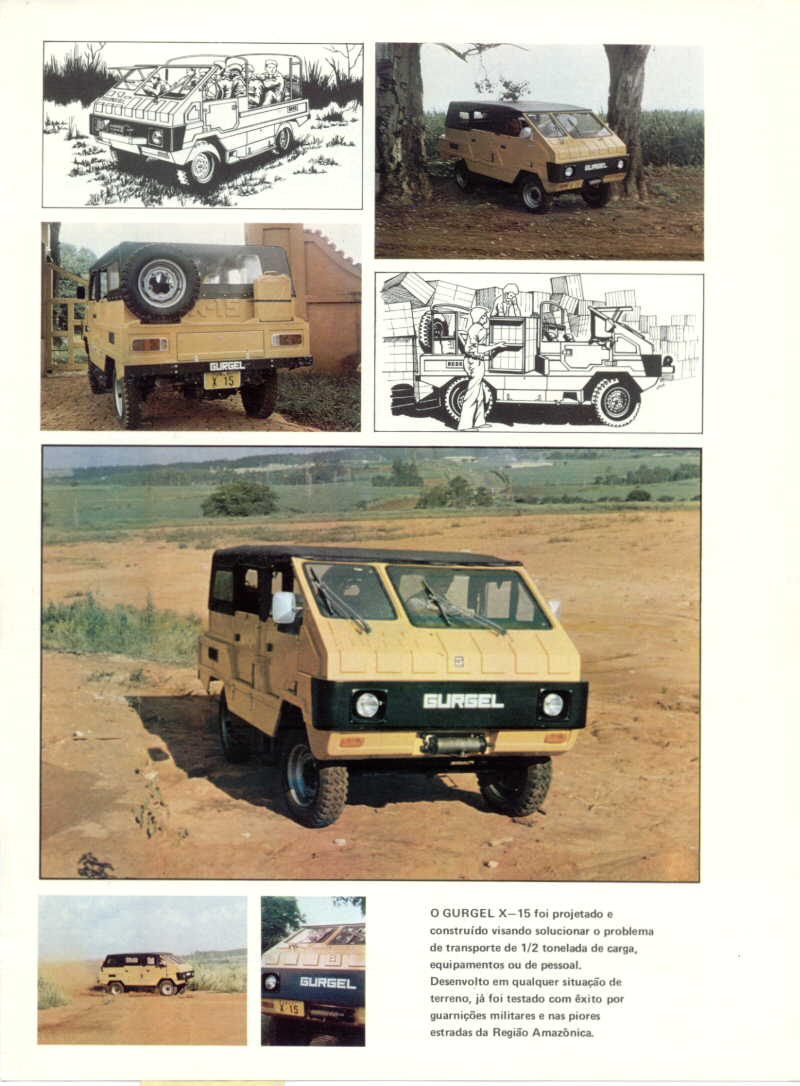
Gurgel X-15 brochure via FCB Project
The more I looked, however, the more I realized it’s the real deal: hidden side steps underneath the doors, higher sills for more stiffness, integrated winch, and an extended rear bumper for the spare tire. Have you spotted its asymmetrical windshield yet?
Its door openings were tiny for an off-roader, owing to its unique plasteel chassis. Essentially a composite of steel and fiberglass, it worked best in an off-road vehicle only when joined together with overbuilt door sills.
As a Gurgel “X” model, the X-15 was introduced as a larger development of the X-12, a car essential to the company’s survival as the Brazilian military’s vehicle of choice in the 1970s.
The small car fit well into the country’s increasingly planned economy, offering rugged construction, easy maintenance thanks to Volkswagen mechanicals, and a 100,000-km (62,000-mile) warranty (as reported by a period Brazilian article in Auto Esporte).
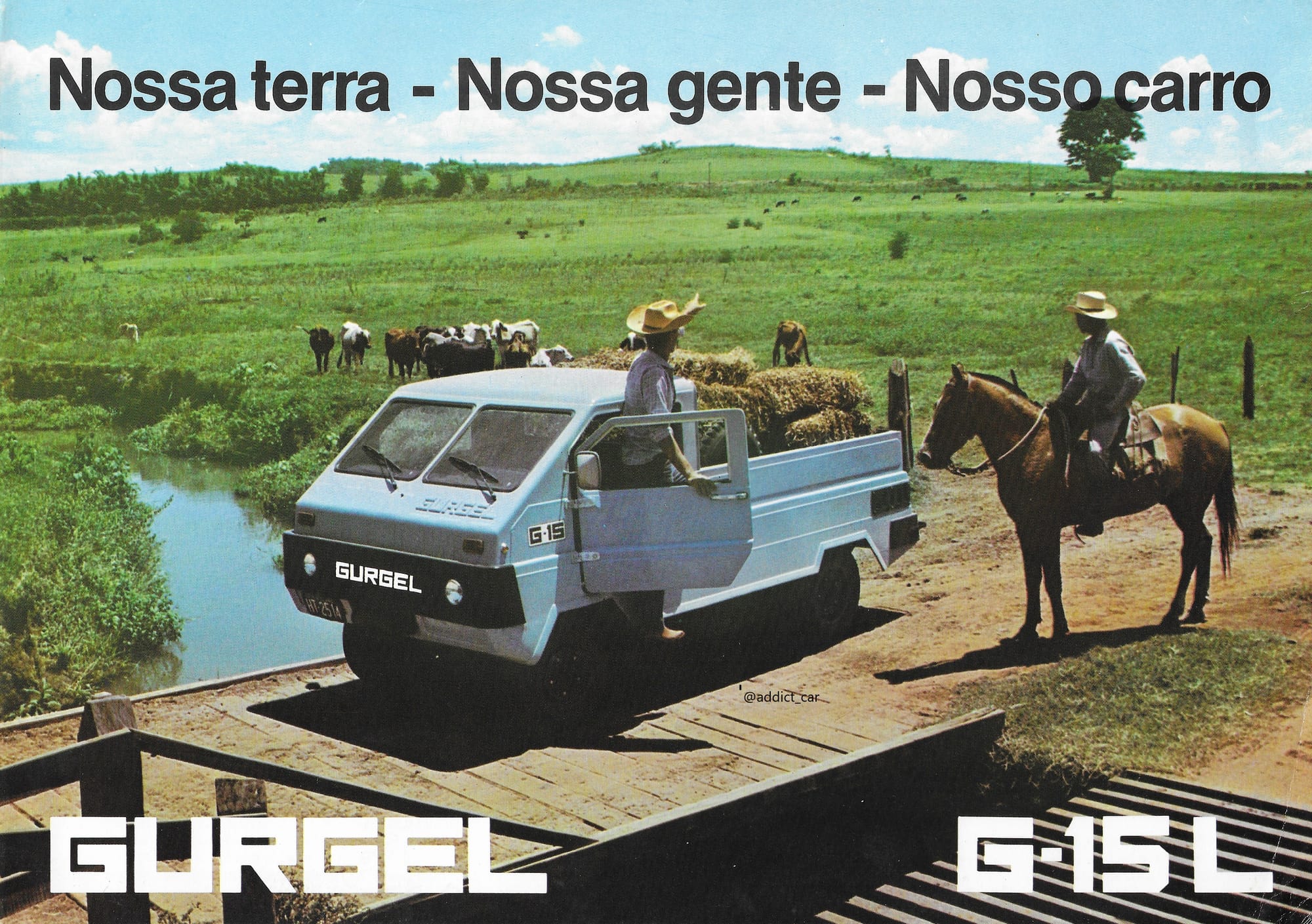
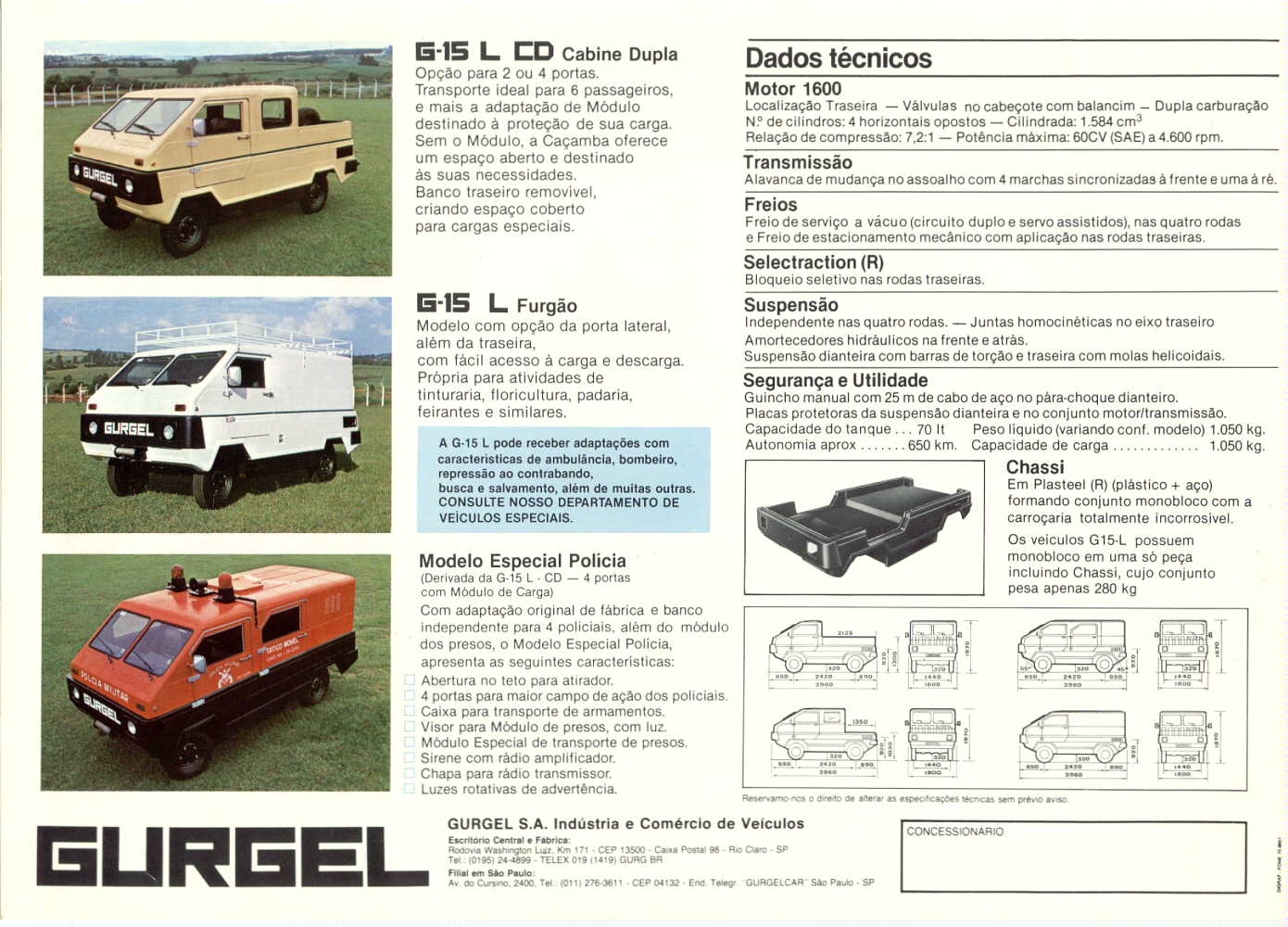
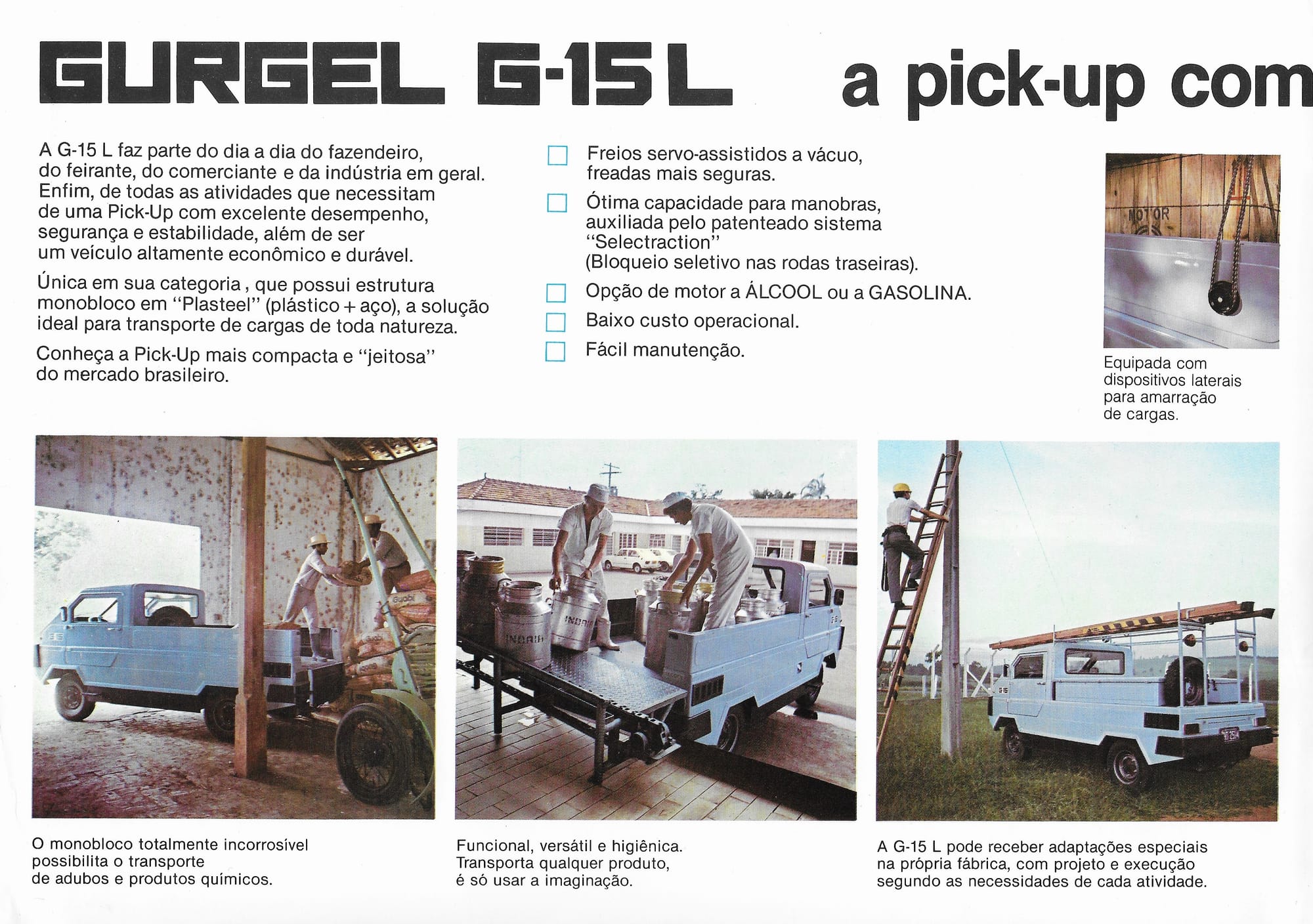
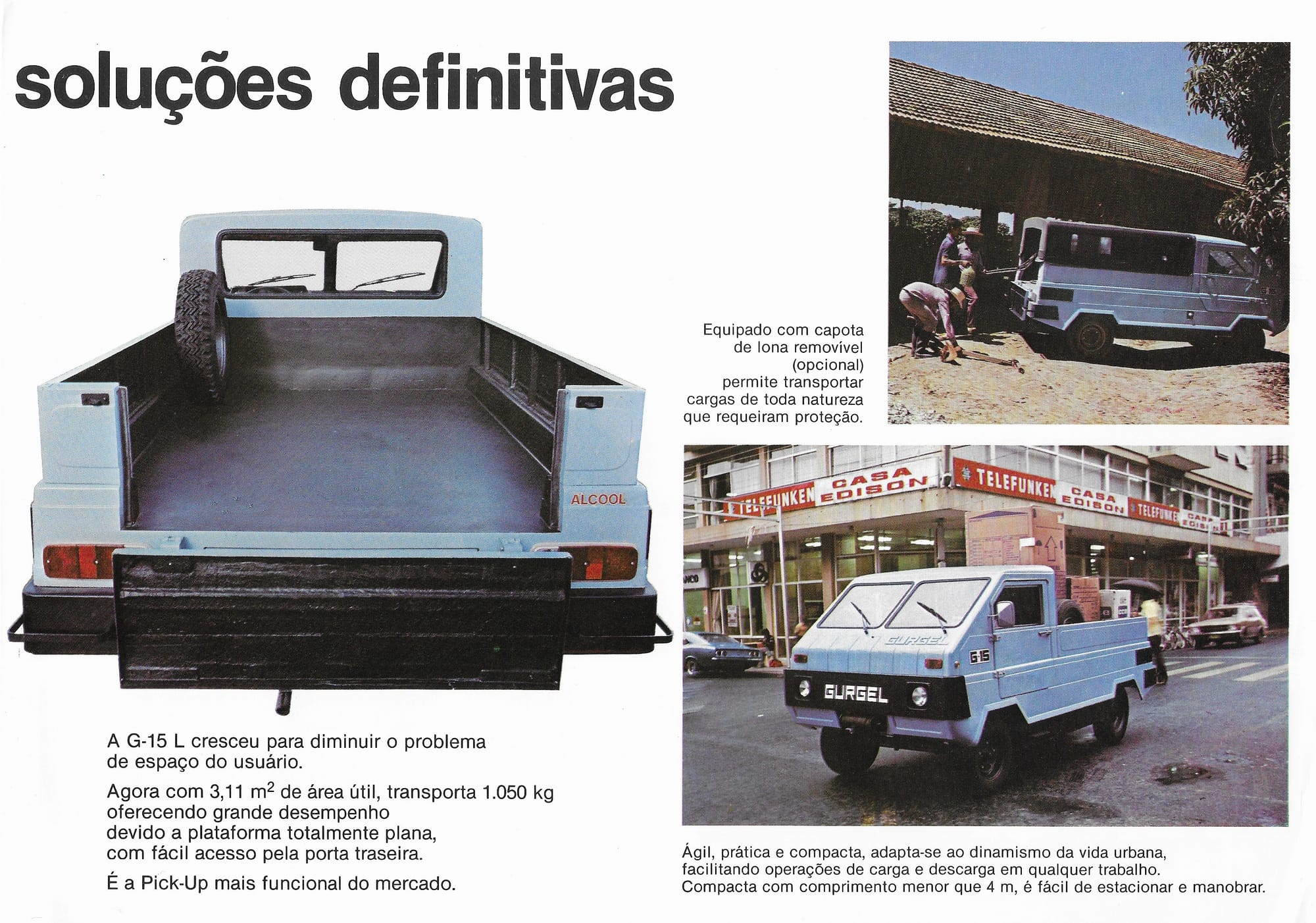
Gurgel G-15 brochure via FCB Project
Built to be rugged, the X-15 was related to the G-15, a more civilian-minded utility vehicle available as a cargo van, open truck, or about 149 other variations between the two.
OK, I’m exaggerating, but there are a number of X-15 and G-15 models. The G-15 L CD is a two-door double cabin truck; the G-15 L Furgão is a van; and so on.
With a rear-mounted Volkswagen 1584-cc flat four-cylinder engine the same as you’d get in a Brasilia or Type 2 van, the company quotes range, autonomia, as 650 kilometres (404 miles) with its 70-litre (18.5-US gallon) tank.
Without four-wheel-drive but with an open rear differential, the truck-van-thing had to rely on ingenious engineering like its Seletraction system, which was just a parking brake handle for each rear brake.
This is better than nothing off-road, as an engine’s power travels through an open diff toward the path of least resistance. If a wheel has less grip while off-roading, such as in soft sand, it’s going to get the power, spin — and you’ll sit there stuck.
Lock or resist the movement of that wheel via brake, and the engine’s power will go to the other rear wheel that (hopefully) can get you unstuck. In theory, but I haven’t been able to track down meaningful evidence of its off-road prowess.
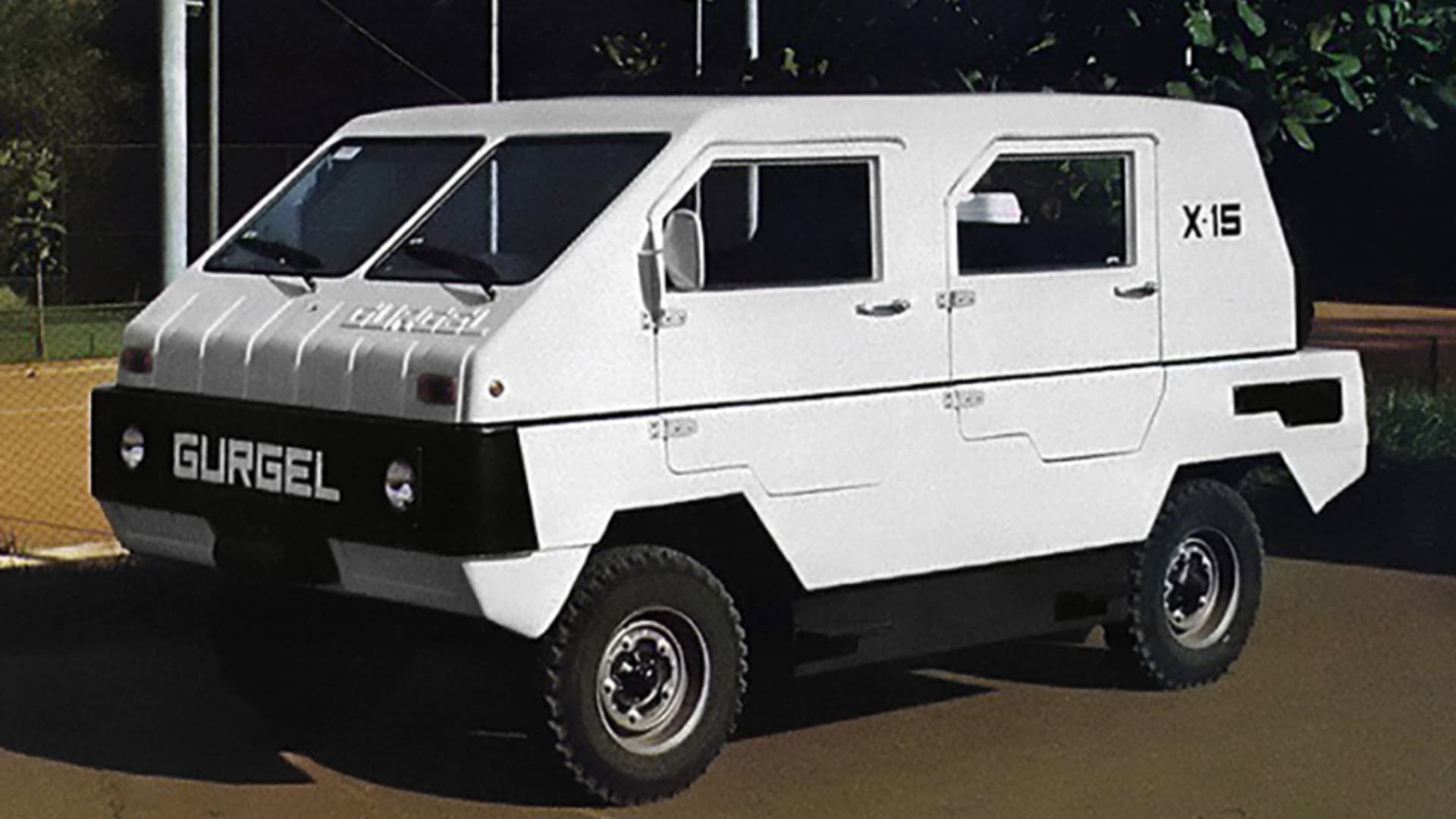
For the record, if I had an X-15 or G-15, I’d use it for grocery shopping, light camping, and touring around on lazy weekend afternoons when it’s possible to enjoy a warm breeze and radiant sunshine.
Actually, maybe, I’ll greedily need two…that plasteel bodywork shouldn’t rust too badly if used in a salted winter…
Do Brazilian cars come with good heaters? 🤔
SUPPORTING MEMBERS
Thank you to my supporting members: Ben B., Brad B., Chris G., Daniel G., Damian S., Daniel P., Ingrid P., Karl D., Luis O., Michael J., Michael L., Michelle S., Mike B., Mike L., Mike M., Richard W., Sam L., Wiley H.


